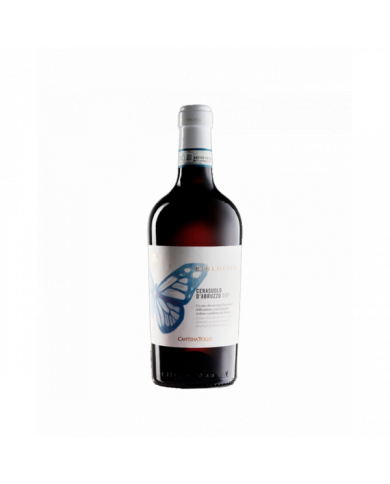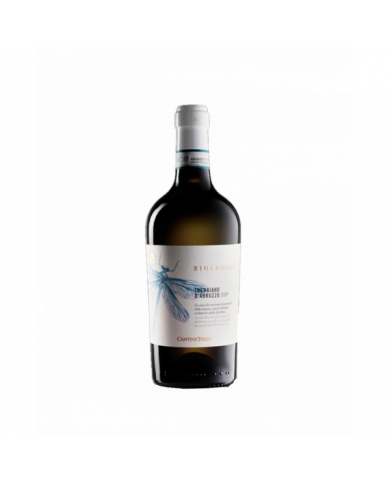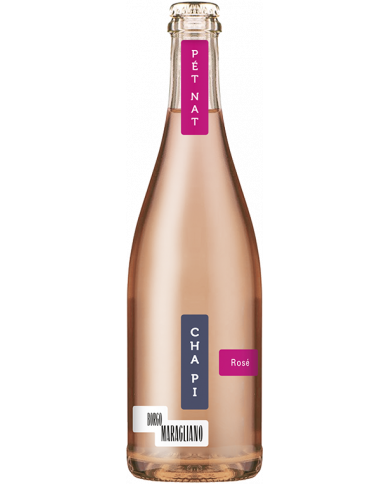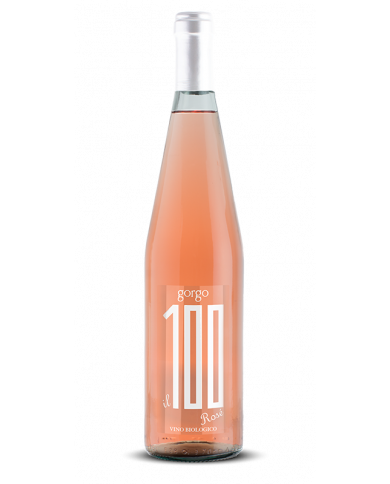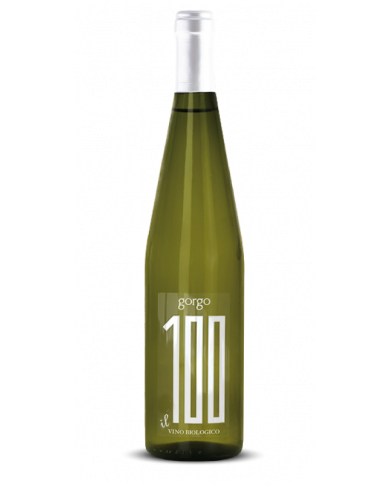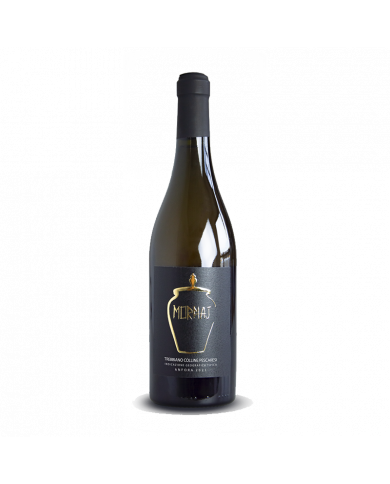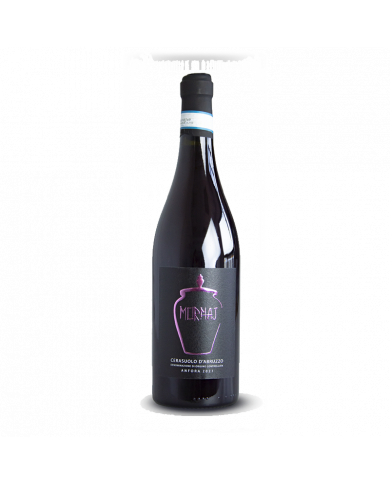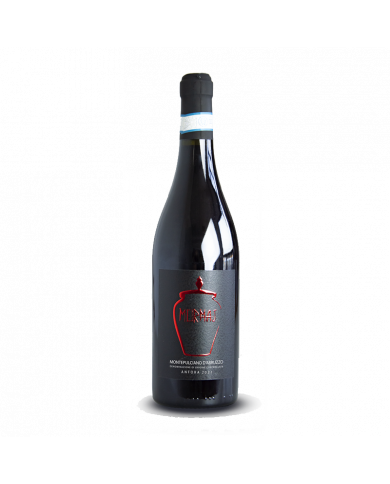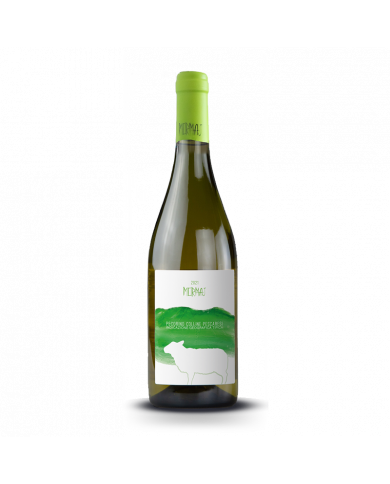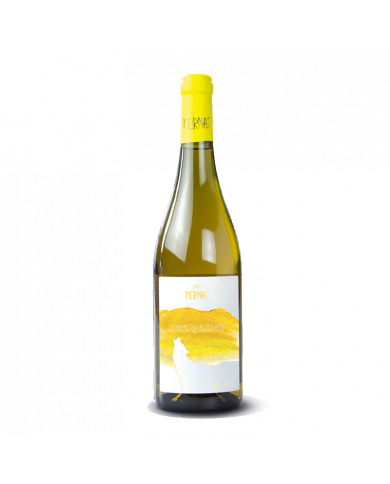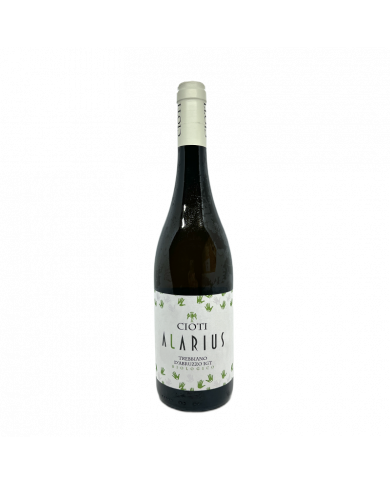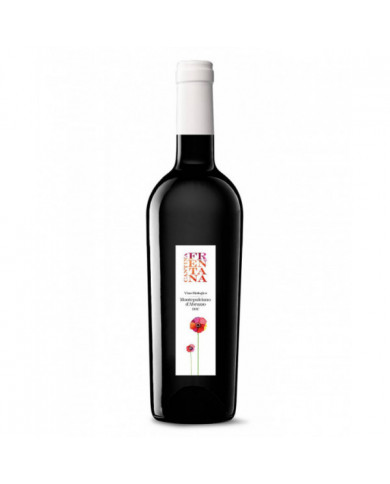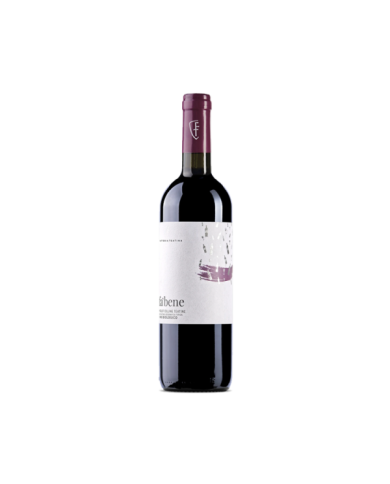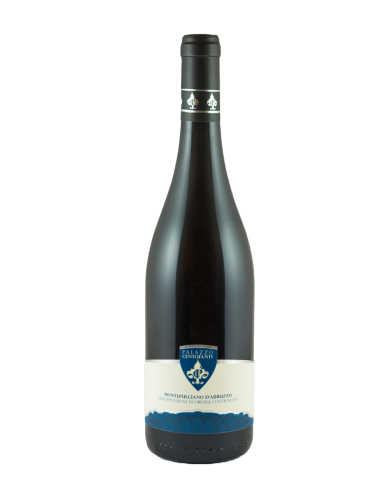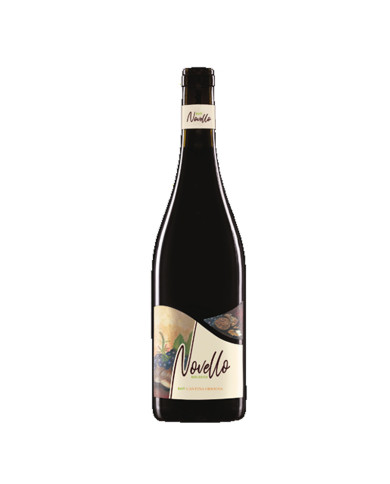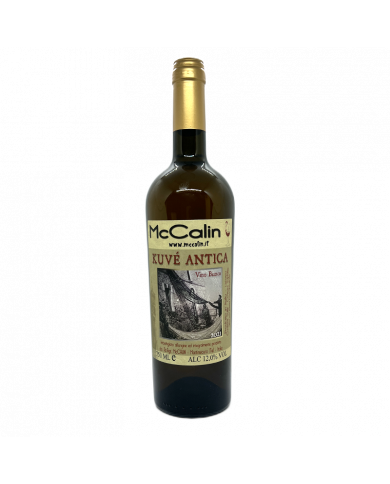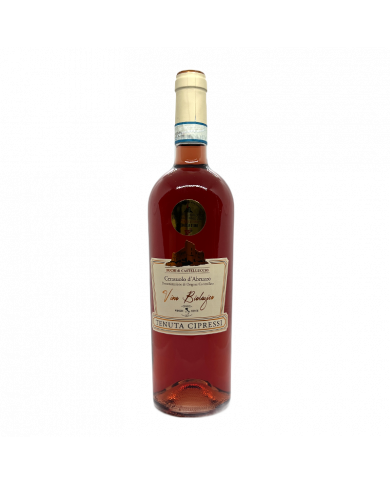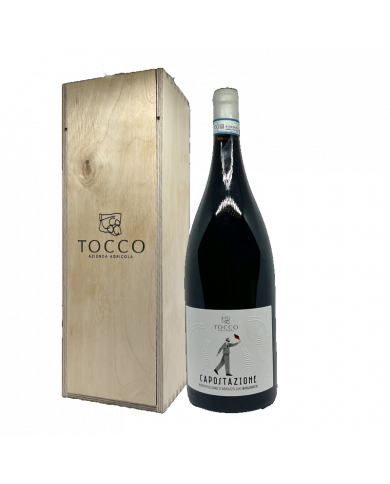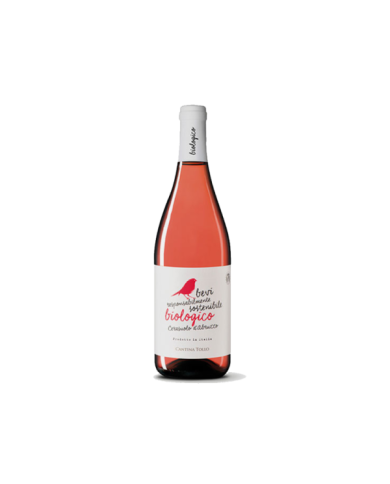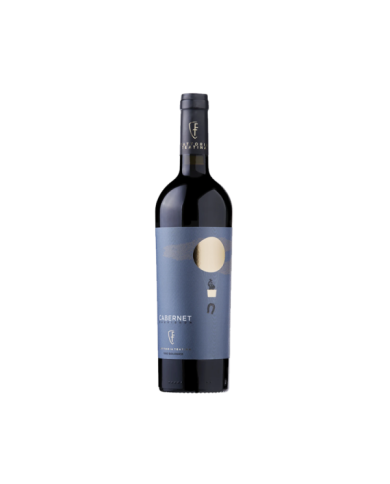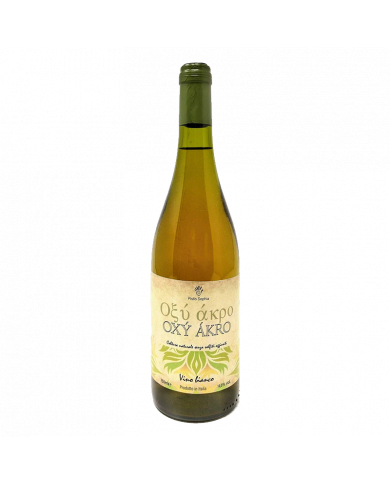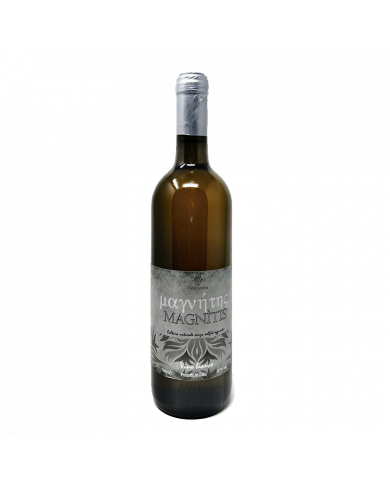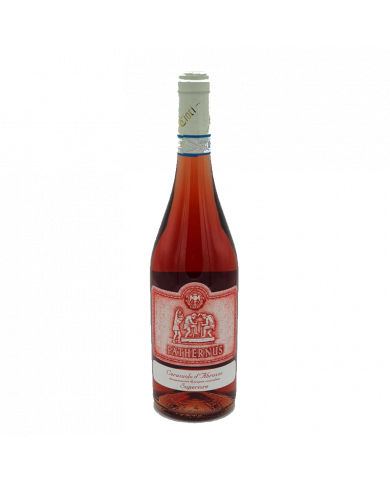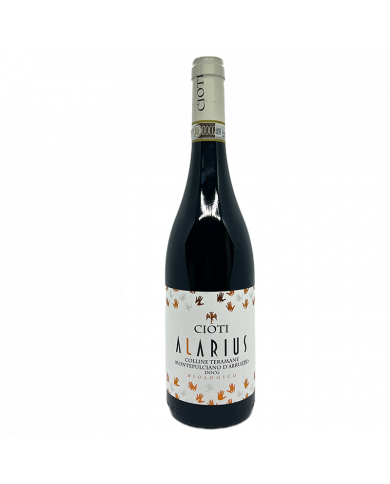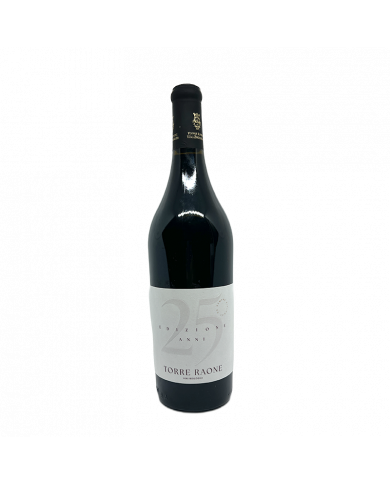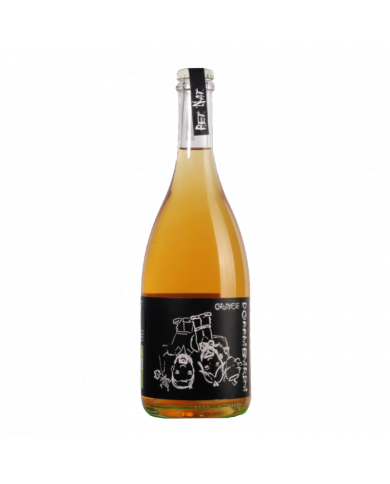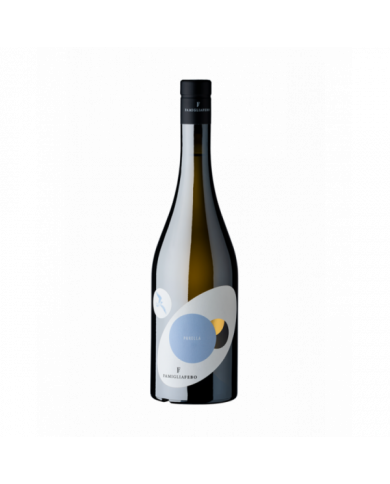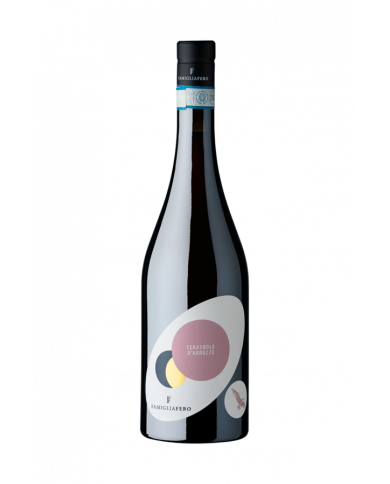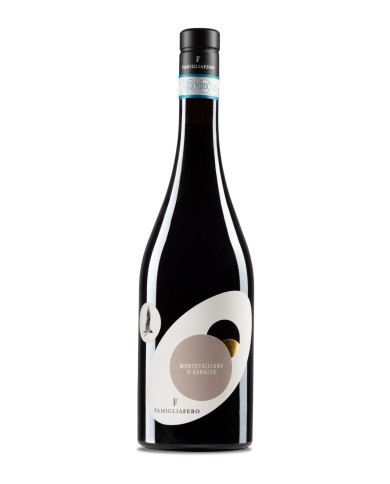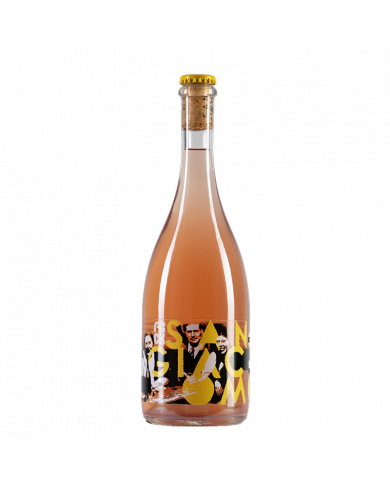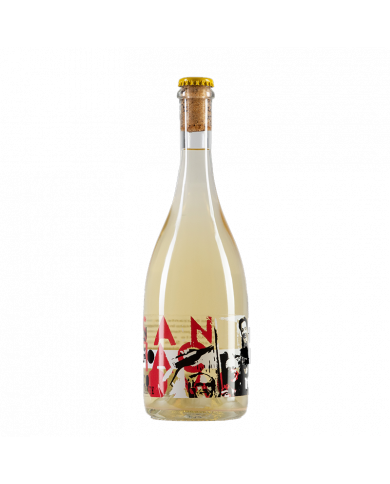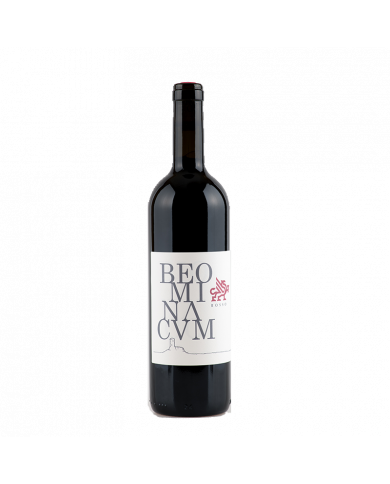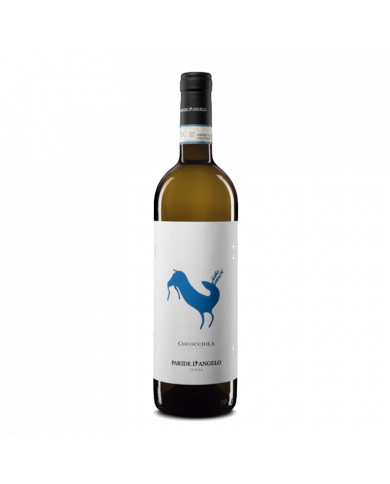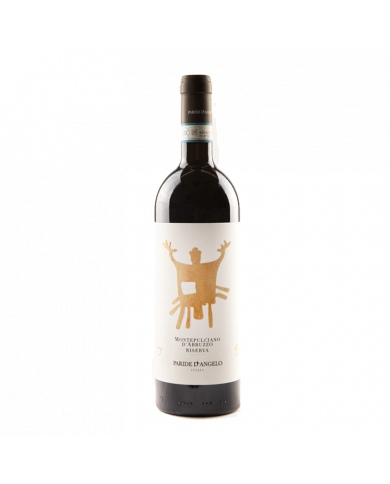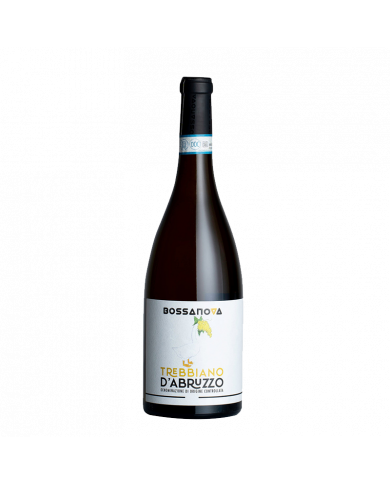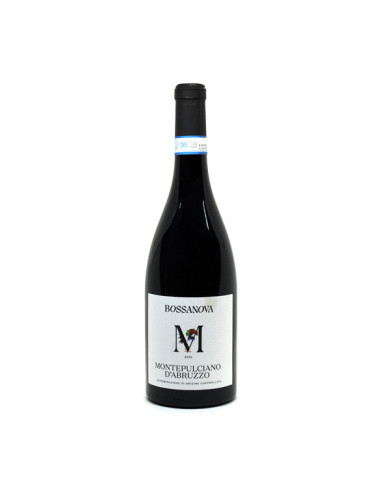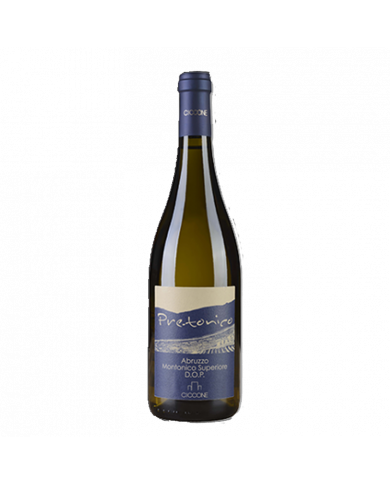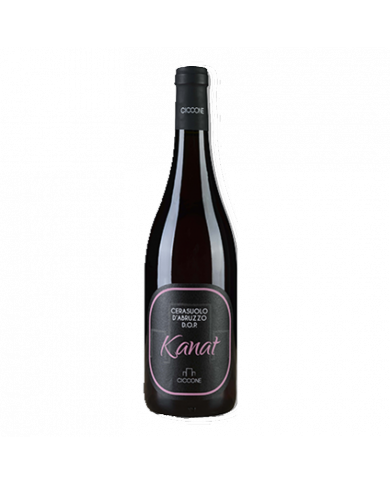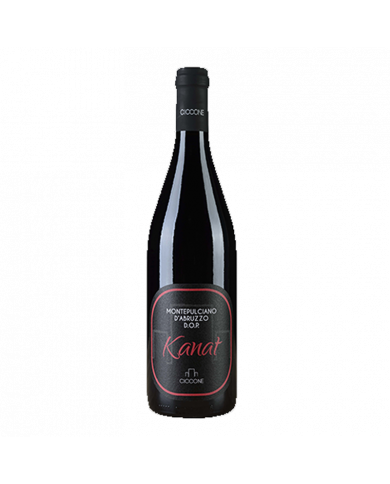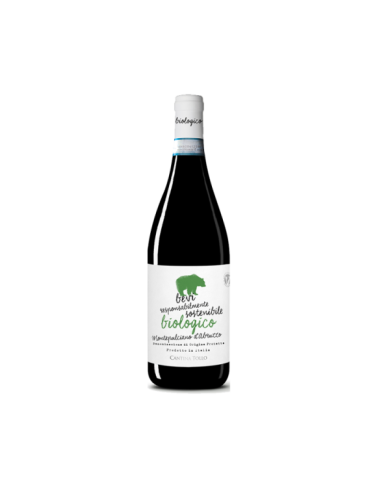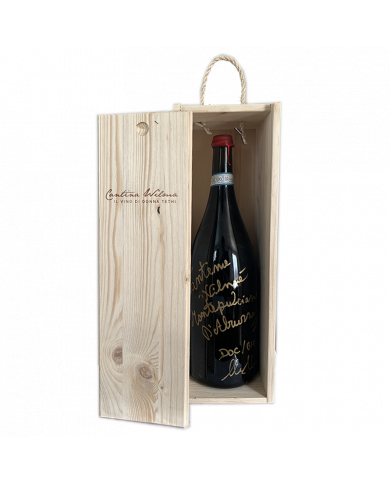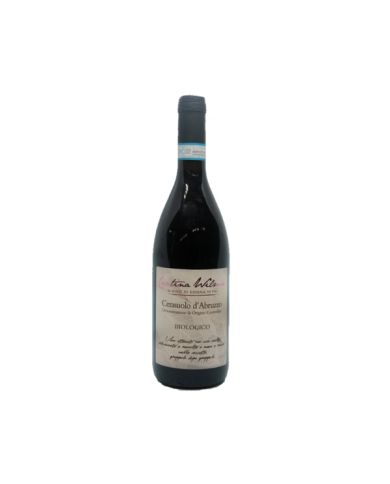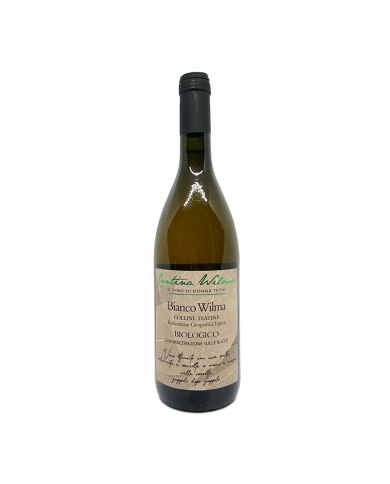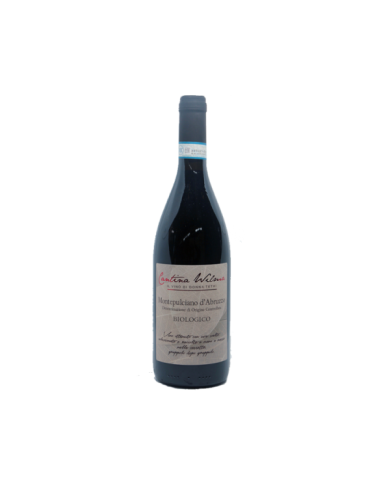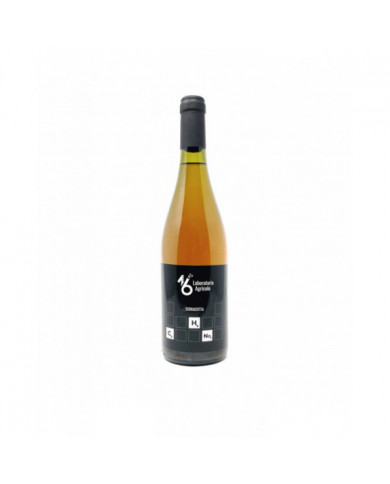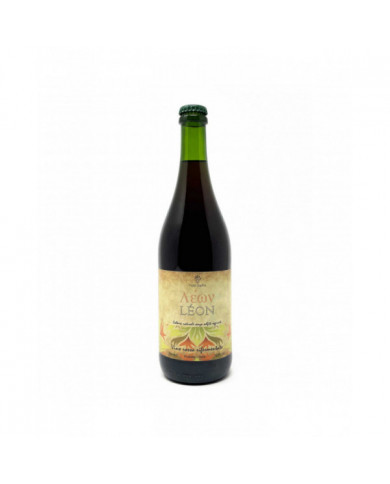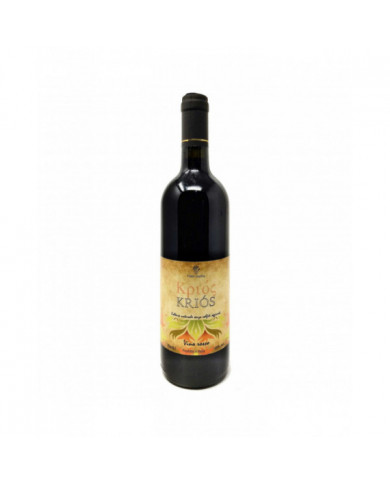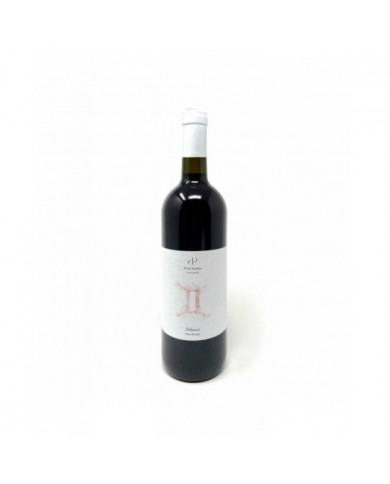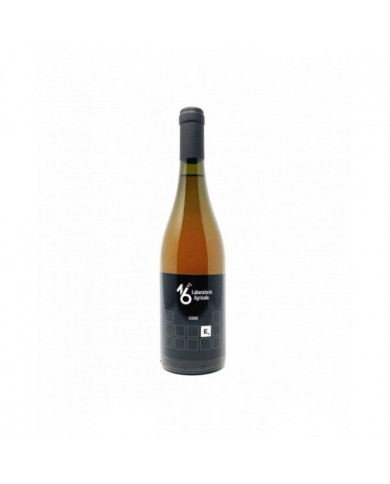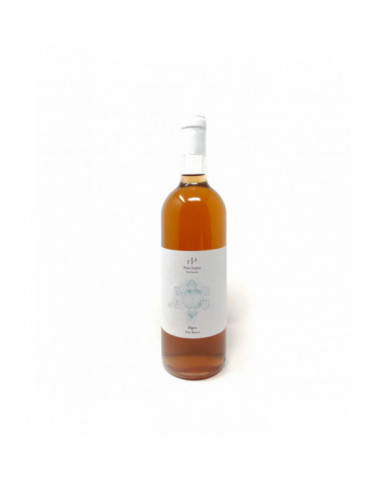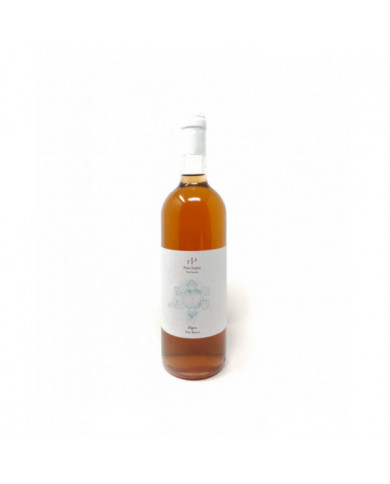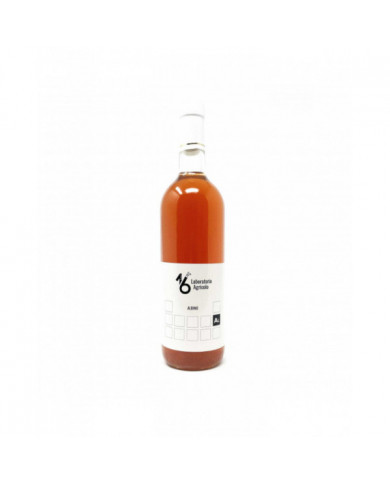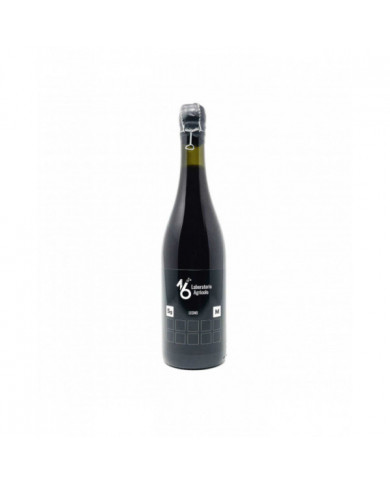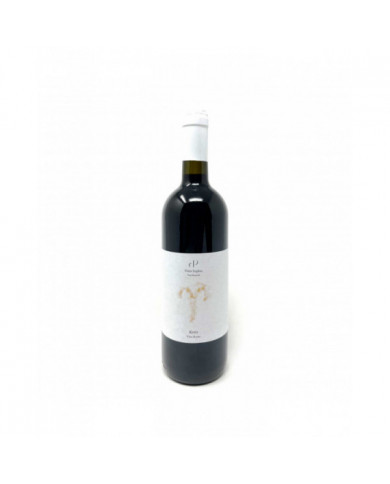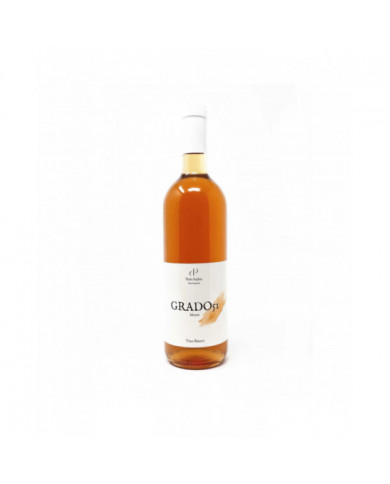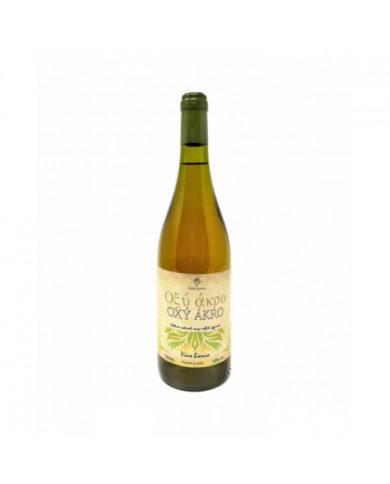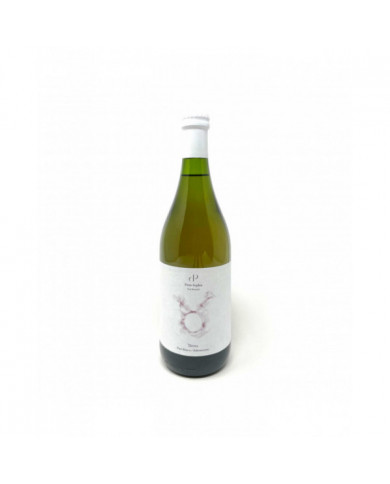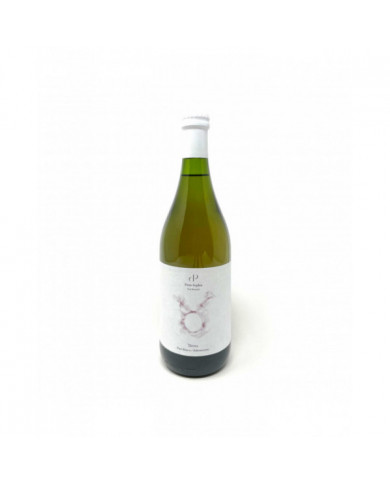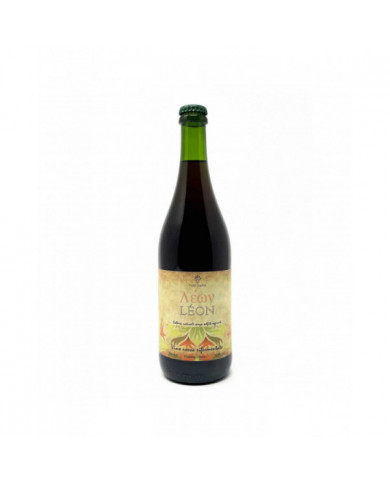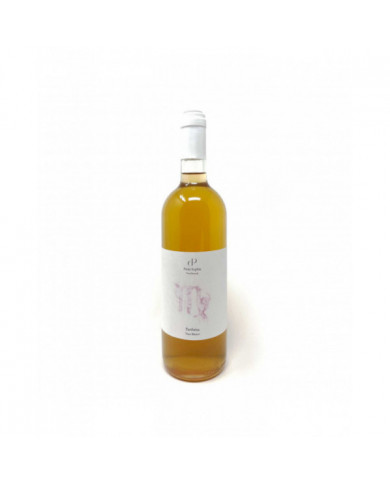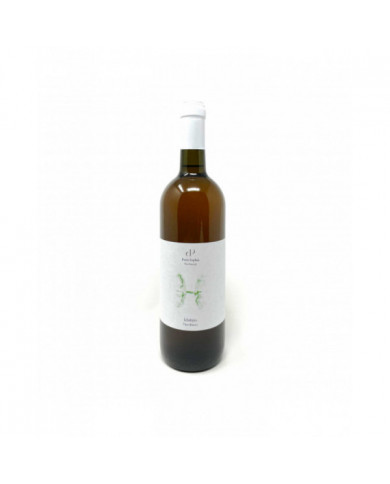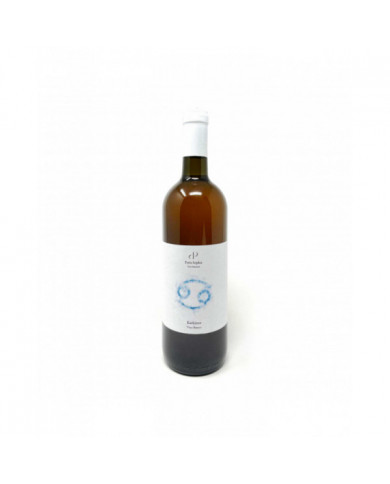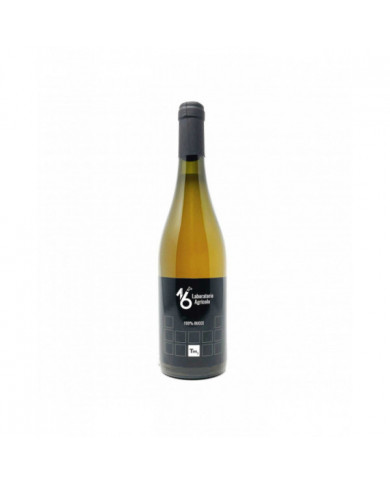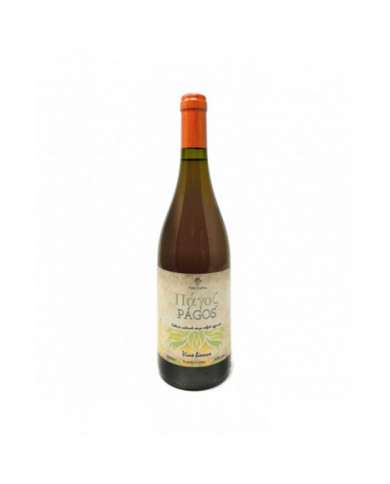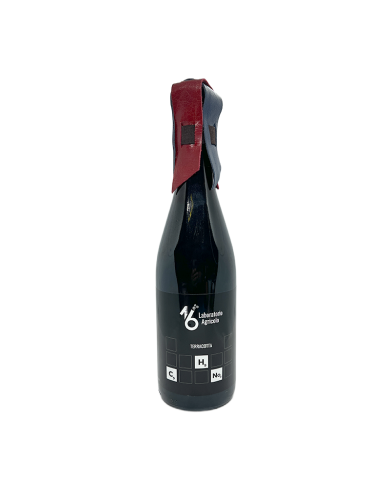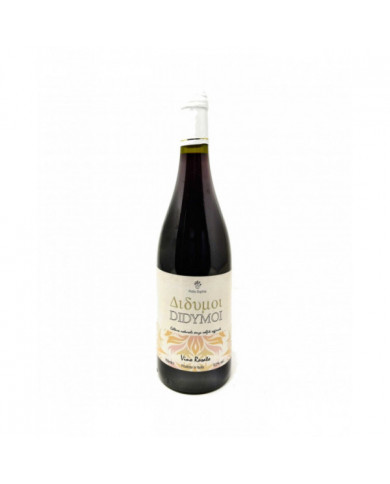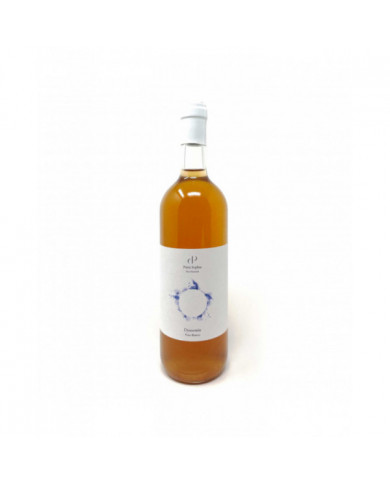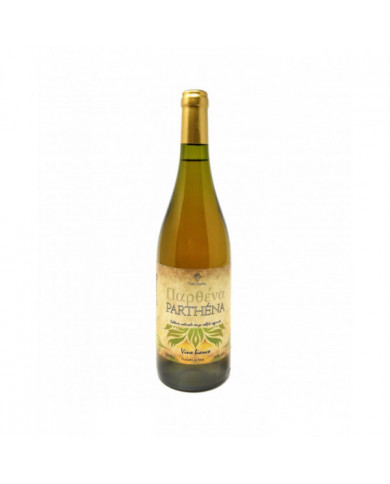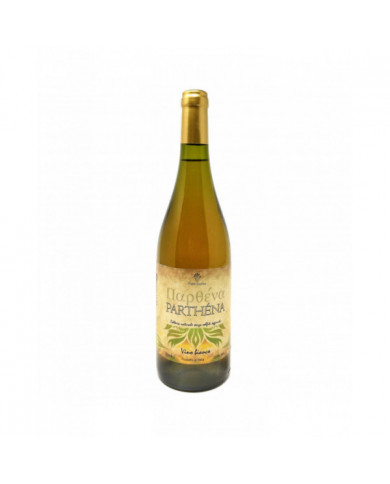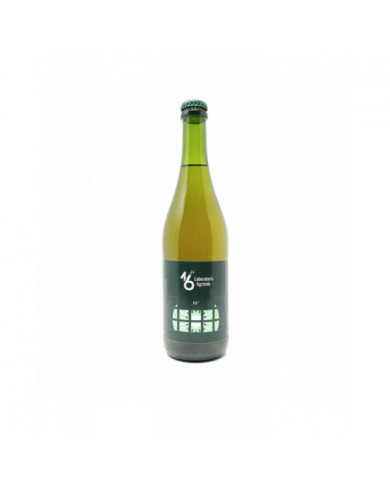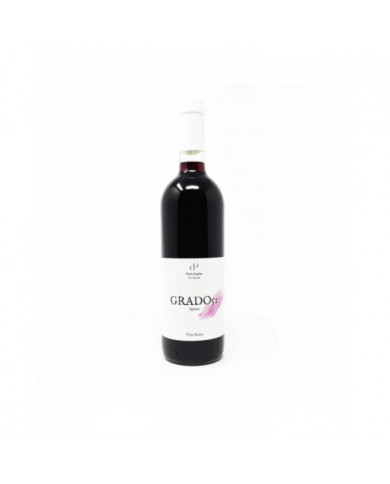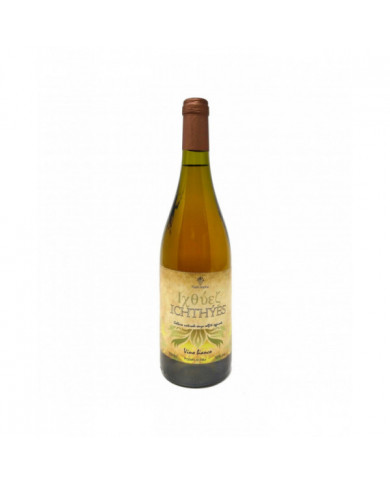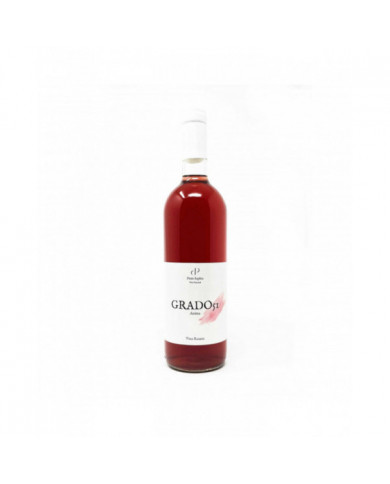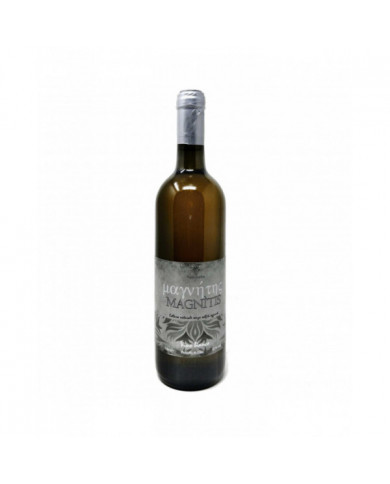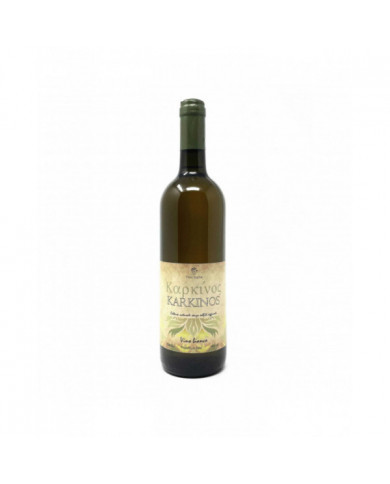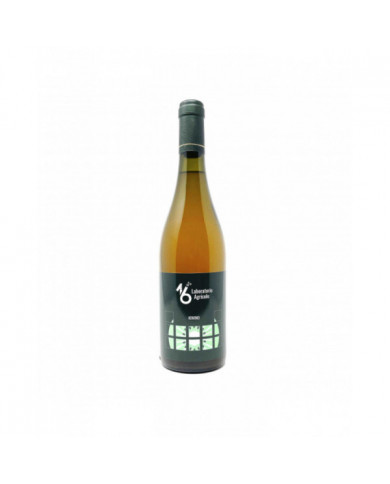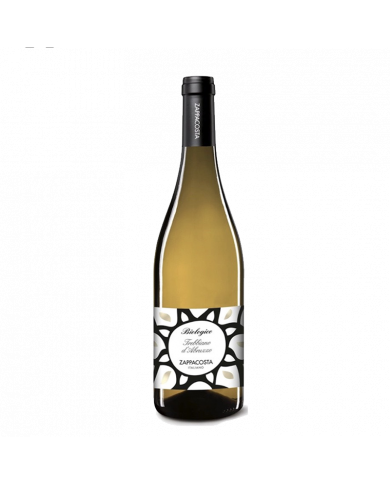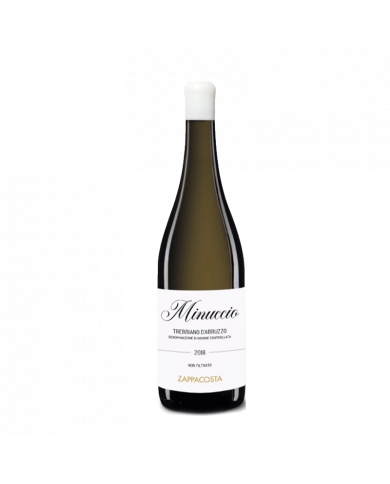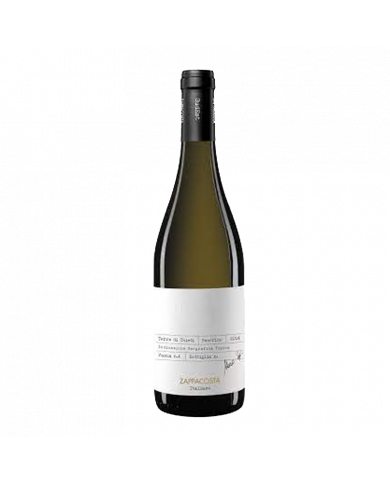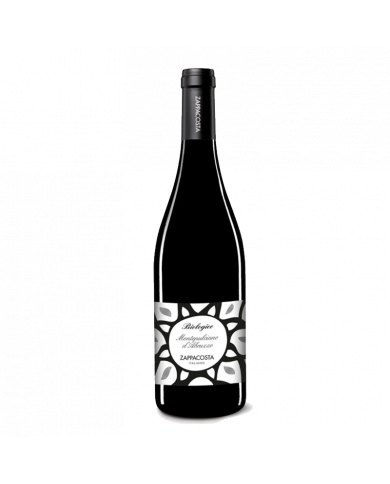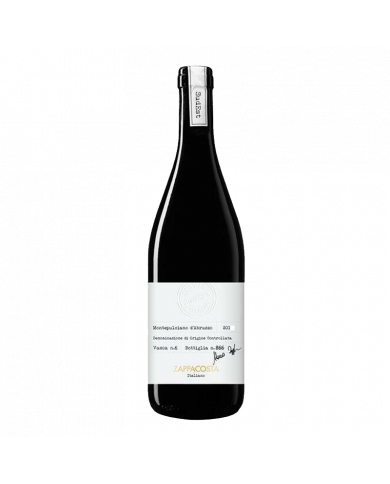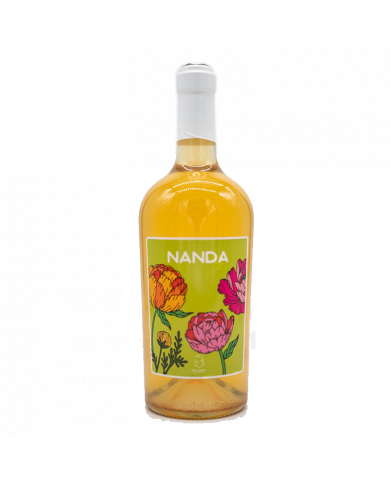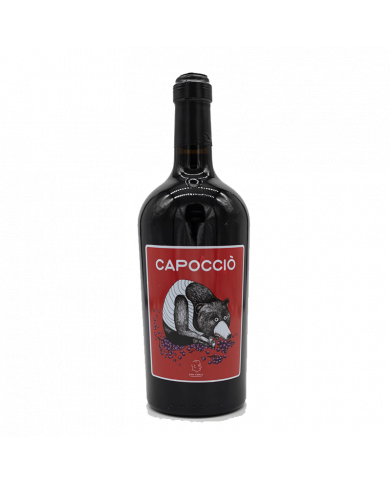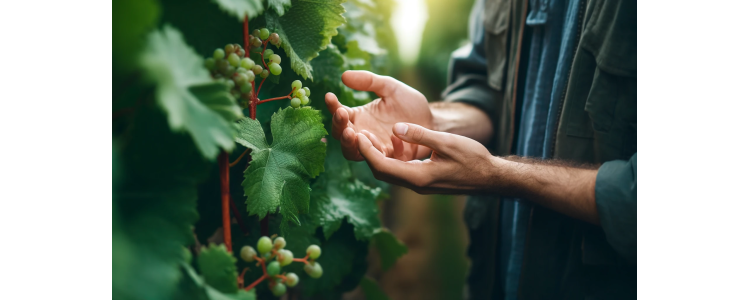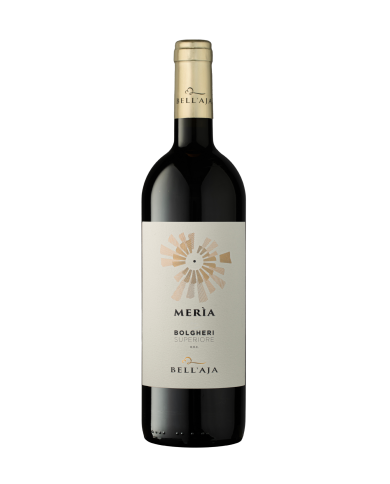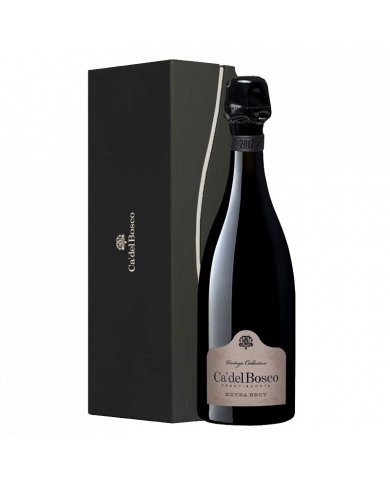A wine that tells the authenticity of nature, just as butterflies are proof of climate change.
Pairings
First courses of meat or fish, second courses of fish, roasted white meats, fresh or semi-mature cheeses
Pairings
Excellent as an aperitif and with all seafood cuisine, white meats and fresh cheeses.CHA PI is a wine that comes from the union of Chardonnay and Pinot Noir, the two vines from which the synthesis of the name originates. The RITUAL of turning the bottle upside down allows the most noble part of the yeasts adhering to the bottom to mix with each other, enriching the taste of the wine.
Synonymous with "sparkling" and contagious joy, it is the wine for aperitifs on long evenings, but with its moderate alcohol content, it is also appreciated by those who, for health reasons or food choices, prefer a more delicate but equally fine and elegant wine.
The terracotta, in which the spontaneous fermentation and refinement of MORMAJ Anfora takes place, makes the organoleptic qualities of this wine particular and unique!
The terracotta, in which the spontaneous fermentation and refinement of MORMAJ Anfora takes place, makes the organoleptic qualities of this wine particular and unique!
The terracotta, in which the spontaneous fermentation and refinement of MORMAJ Anfora takes place, makes the organoleptic qualities of this wine particular and unique!
In our cellar, between the MORrone and MAJella mountains, MORMAJ is born, a still white wine obtained through spontaneous fermentation, not clarified, it is aged in steel tanks.
In our cellar, between the MORrone and MAJella mountains, MORMAJ is born, a still white wine obtained from Trebbiano grapes through spontaneous, unclarified fermentation, it is aged in steel tanks.
The vineyards are located at an altitude of about 400 meters and fall within the territory of the Gran Sasso Monti della Laga Park.
This Montepulciano d'Abruzzo belongs to the Bio line of Cantina Frentana and expresses all our respect for the earth and nature. A red that skilfully combines elegance, richness, softness and drinkability, resulting in a balanced and suitable accompaniment to rich and tasty first courses.
Cuv├®e Antica is a white characterized by floral and fruity aromas and characterized by fresh and savory notes. We recommend combining it with fish and shellfish dishes.
Cuv├®e Antica is a white characterized by floral and fruity aromas and characterized by fresh and savory notes. We recommend combining it with fish and shellfish dishes.
The vineyards are located at an altitude of about 400 meters and fall within the territory of the Gran Sasso Monti della Laga Park.
Grandfather's wine, fermented in wooden vats in contact with the skins with manual fulling.
The wine has a deep ruby red color with an intense aroma and fruity aromas, with notes of ripe red fruit as well as tertiary hints of green pepper, coffee, licorice and nutmeg. The warm, full-bodied, soft, tannic and long-lasting aromatic flavor is a real delight for the palate. To best enhance all its organoleptic characteristics, it is recommended to taste it in company and with grilled or braised red meats, cured meats and aged and flavored cheeses.
Stationmaster Montepulciano d'Abruzzo DOC Bio 2020, ruby red wine with violet reflections, the nose offers intense fruity aromas with notes of ripe red fruit. The flavor is full, soft and persistent with delicate tannins.
This ros├® is produced from a vineyard over 40 years old, trained with spurred cordon with a density of 2200 plants per hectare with a yield of 8000 kg / ha. The production area is on the hills around Paterno di Campli at an altitude of 400 meters above sea level
The vineyards are located at an altitude of about 400 meters and fall within the territory of the Gran Sasso Monti della Laga Park.
Alarius is a sincere red wine deriving from the native Montepulciano d'Abruzzo grape.
Dress the glass in a beautiful ruby red. The nose first reveals memories of black cherries, plums and black currant, then completed by spicy, herbaceous and medicinal herbs nuances. Warm and soft the sip, rightly tannic and slightly savory, characterized by a finish that recalls licorice and black pepper.
To combine with meat dishes, it is excellent with roast lamb chops.
Montonico "Pretonico" has a straw yellow colour, very pleasant and drinkable golden straw yellow, medium intense fruity of ripe apple and light husk of wheat chaff; the taste appears balanced and with good freshness and structure. moderate alcohol content (12┬░)
Bossanova 's Montepulciano d'Abruzzo is a red wine from the Teramo hills, aged for 8 months in concrete tanks and a further 4 months in the bottle: fragrant and inviting, it expresses with brio and delicacy aromas of black cherries, red plums, fresh flowers and ground pepper, wrapped in refreshing balsamic hints, while the taste is juicy and refreshing, balanced and persistent.
Straw yellow color; good structure supported by excellent freshness and flavor. The nose initially perceives a light toasting that quickly leaves room for herbaceous hints.
Deep pink color; good structure with enveloping taste and supported by a good freshness and final persistence. Small red fruits and balsamic notes are perceived on the nose.
Variety: Montepulciano d'Abruzzo grapes Aging: In steel for about one year. Alcohol: 14.5% Serving temperature: 18/20 ┬░ C. Harvest: By hand in the first weeks of October
Trebbiano d'Abruzzo Bossanova is an Abruzzo white wine from the hills of Teramo, briefly macerated on the skins and aged for about 9 months in vitrified concrete tanks: it expresses aromas of hay and chamomile, yellow-fleshed fruit and hints of sage, while at sip is harmonious, taut and of excellent freshness, embellished with mineral tones and an intriguing savory persistence.
Bossanova 's Montepulciano d'Abruzzo is a red wine from the Teramo hills, aged for 8 months in concrete tanks and a further 4 months in the bottle: fragrant and inviting, it expresses with brio and delicacy aromas of black cherries, red plums, fresh flowers and ground pepper, wrapped in refreshing balsamic hints, while the taste is juicy and refreshing, balanced and persistent.
Montonico "Pretonico" has a straw yellow colour, very pleasant and drinkable golden straw yellow, medium intense fruity of ripe apple and light husk of wheat chaff; the taste appears balanced and with good freshness and structure. moderate alcohol content (12┬░)
purplish ruby red with still evident blue tone; intense fruitiness of red fruits (cherry, strawberry, black cherry and light note of Stanley plum). Fresh taste with an evident tonicity, very persistent. (13th)
Historic vine and our workhorse. Strong and gentle in character and softness (as it is also said of the people of Abruzzo). Obtained from native grapes and selected in the harvest. Plant in rows 1/2 height exposed to solagna on calcareous-clayey soil. Appearance of cardinal red color with purplish reflections tending to blue. Excellent and well structured. Fruity and spicy bouquet, intense flavor and good body. Ideal with grilled red meats and more, salami and aged cheeses.
Obtained from native grapes and selected in the harvest. Appearance of intense cherry color with pink reflections. On the palate it is fruity with notes of black cherry and cherry. Pairings: throughout the meal.
Obtained from native grapes and selected in the harvest. Appearance of straw yellow color with greenish reflections. On the nose it is fresh and floral with notes of white berry flowers and balsamic notes on the aftertaste. Ideal with all seafood cuisine, it also goes well with appetizers and delicate main courses.
Historic vine and our workhorse. Strong and gentle in character and softness (as it is also said of the people of Abruzzo). Obtained from native grapes and selected in the harvest. Plant in rows 1/2 height exposed to solagna on calcareous-clayey soil. Appearance of cardinal red color with purplish reflections tending to blue. Excellent and well structured. Fruity and spicy bouquet, intense flavor and good body. Ideal with grilled red meats and more, salami and aged cheeses.
Tm2 of the Pistis Sophia winery is a macerated white wine produced with Pergolone, Malvasia and Moscato grapes. Spontaneous fermentation in steel where maceration proceeds for 6 days, followed by aging in steel for 8 months, all without decanting and without added sulphites.
Delicious as an aperitif, it goes well with fish dishes, cod, fresh cheeses, white meats and soups.
The organic Montepilciano d'Abruzzo is harvested from 100% Montepulciano vines, its alcohol content is 13.5 %vol . It has a deep ruby red color. Rich and fragrant with notes of violets, red berries and liquorice typical of the grape. Alcoholic fermentation takes place by maceration with the skin in stainless steel tanks for 10 days at a temperature of 20-25 degrees. This wine is excellent paired with pasta dishes, soups, grilled fish, roasted white meat, tripe, pizza and semi-aged cheeses.
It is presented in the glass of a bright cherry pink with violet hues. The nose is delicately fruity with evident notes of morello cherry / cherry and a pleasant floral sensation. Balanced in the mouth, savory, with a nice freshness and long aromatic persistence, pleasantly almond aftertaste.
Don Carlo had two sons: you already know the first and he is # capoccio; the second I present to you now and it is #sheriff. From family stories, the six sisters describe him as a rather touchy child who cried often. The only thing that made him feel good were westerns, and hence his nickname. His eyes, as a child as well as an adult, have never stopped beingŌĆ” sparkling! And for now that's the only thing I can tell you about wine.
three days maceration with the skins and aging in steel. Only indigenous yeasts, unfiltered or clarified and without added sulphites.
100% Montepulciano, short maceration with the skins and aging in steel. Only indigenous yeasts, unfiltered or clarified and without added sulphites.
Two weeks with the skins and aging only in steel. Indigenous yeasts, unfiltered or clarified and without added sulphites.
Taste the Authenticity of Natural Wines!
Natural wines are an increasingly popular choice among consumers, offering a unique and authentic taste experience. If you're looking to learn more about natural wines and how to try them, you've come to the right place. In this article we will look at what natural wines are, how they are made, and how they can best be savored.
What is a Natural Wine?
A natural wine is a wine produced without the use of additives, pesticides or other chemicals. Natural wines are produced only with grapes, water and yeast, and are produced in a way that best preserves the natural taste of the grape. They are also generally produced in small quantities which means that each bottle of natural wine is unique and offers a unique tasting experience.
How Are Natural Wines Made?
Natural wines are produced using grapes, water and yeast. The production process is very different from that used to produce conventional wines. The first thing to know is that natural winemakers do not use additives, pesticides or other chemicals. Instead, they try to work with the grape in order to best preserve its natural flavor, carefully choosing the plants and carefully tending the vines.
Once the grapes have been harvested, they are macerated for 12-14 days at a controlled temperature. This leads to a greater extraction of aromas and flavors which give the wine its rich complexity. The wine is then fermented in wooden barrels or concrete vats. This fermentation process is slow and can last from two to six months. Fermentation in wooden barrels gives the wine added complexity, while fermentation in concrete vats gives the wine greater freshness.
How to Taste a Natural Wine?
Savoring a natural wine is a unique experience that offers a rich complexity of aromas and flavours. To better enjoy a natural wine, it is important to prepare the glass properly. The glass should be rinsed with warm water and dried with a soft cloth to remove any chemical residue. Therefore, the glass should be filled up to half with wine to get a good oxygenation.
Once ready, take a sip of the wine and savor it slowly. Savor the color, aroma, taste and texture of the wine. Try to get all the aromas and flavors of grapes, like fruit, grass, hay, chocolate and so on. Also taste the complexity of the wine, feeling how the aromas and flavors evolve over time.
Conclusion
Natural wines are a great choice for those looking for an authentic and unique tasting experience. They are produced without the use of additives, pesticides or other chemicals, and are produced in a way that best preserves the natural taste of the grape. As we have seen, natural wines are produced with grapes, water and yeast, and are fermented slowly. To best enjoy a natural wine, it is important to prepare the glass properly and taste slowly, trying to capture all the aromas and flavours, and savoring the complexity of the wine. If you are looking for an authentic and unique tasting experience, try a natural wine!

